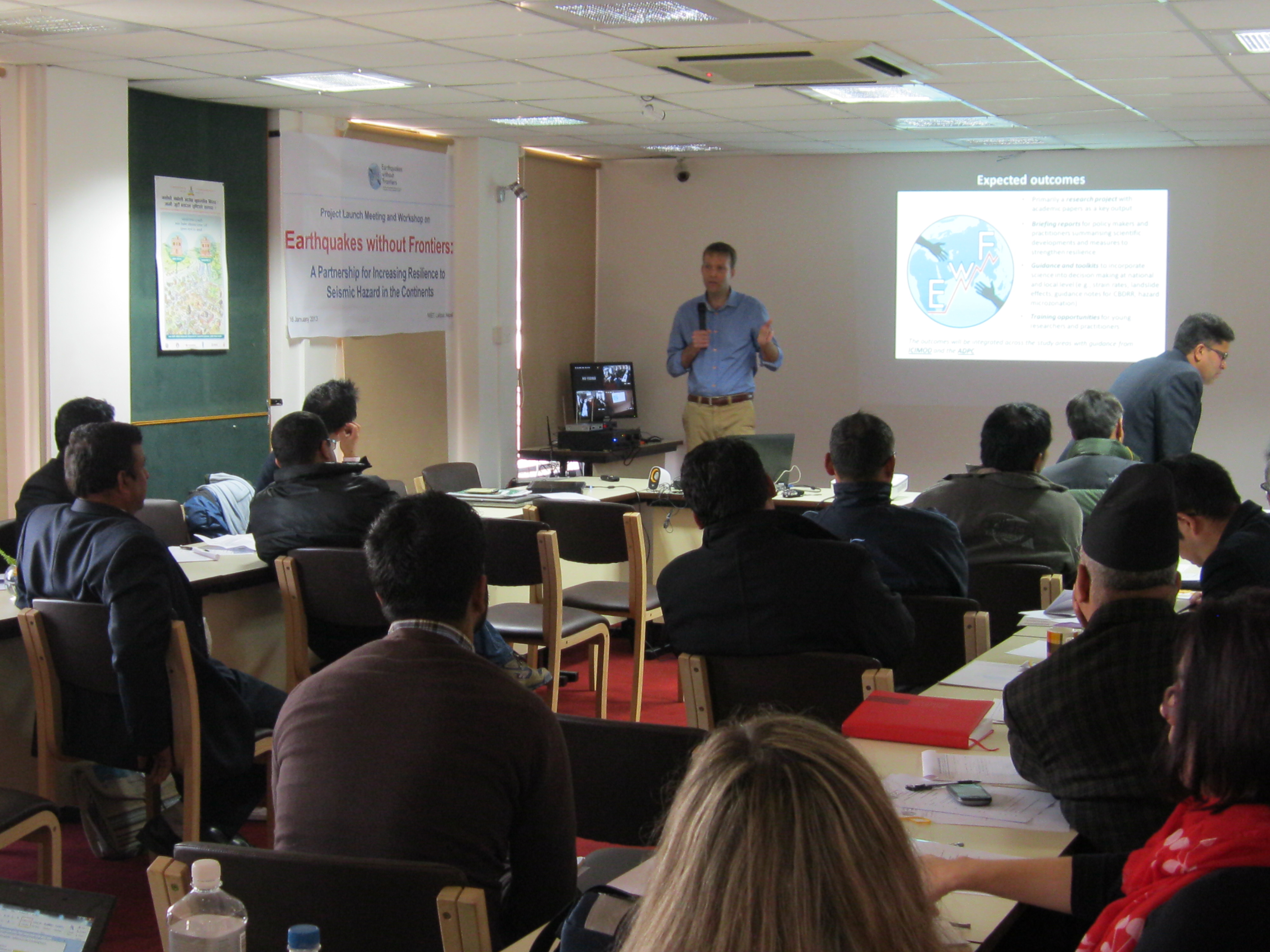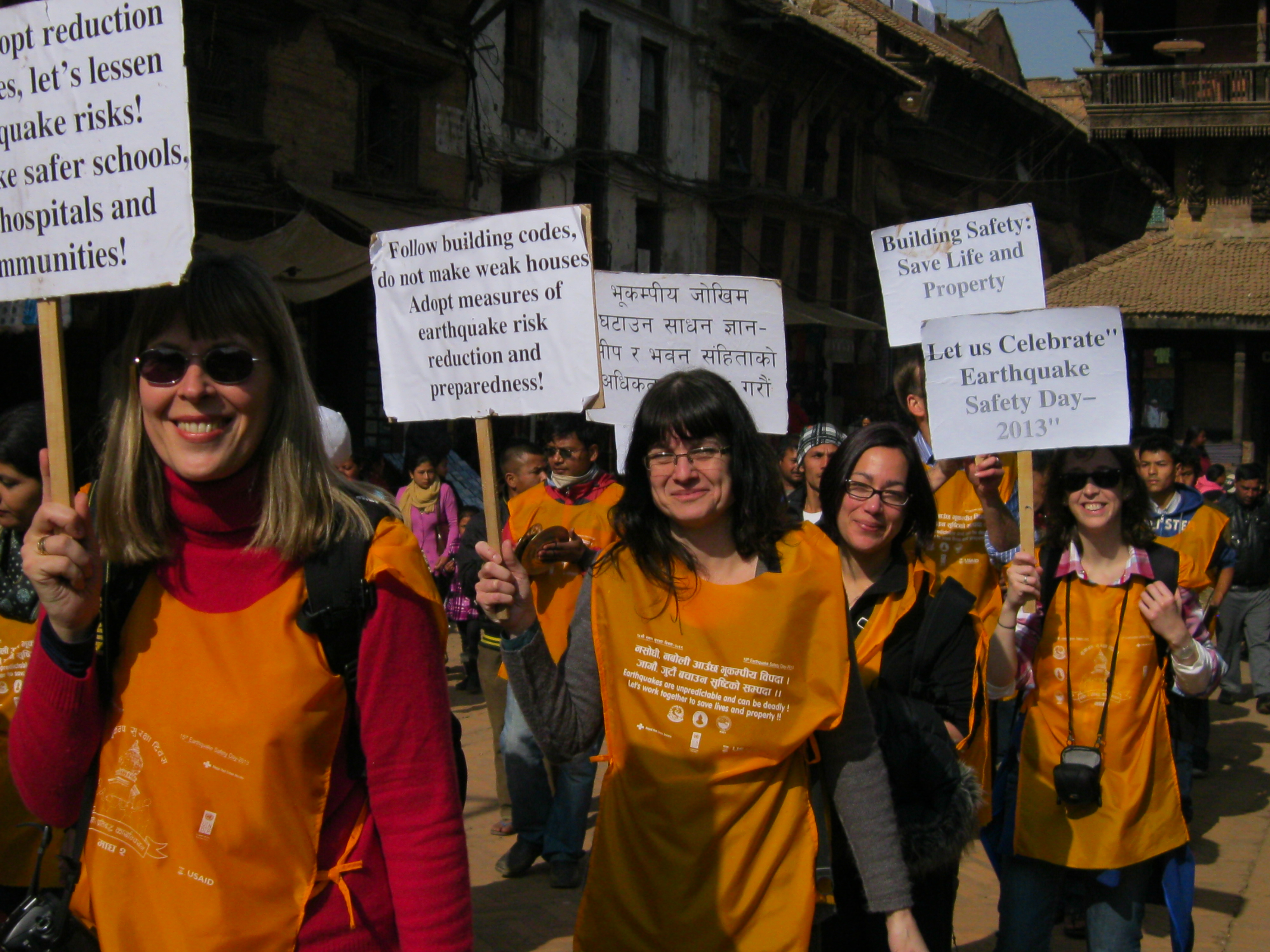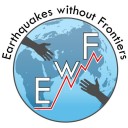The EwF Launch in Kathmandu, Nepal
Katie Oven and Susanne Sargeant
January 16th saw the launch of the EwF project in Kathmandu, Nepal. Hosted by the National Society for Earthquake Technology (NSET-Nepal), the event brought together more than 25 national-level stakeholders involved in earthquake risk reduction in Nepal including representatives from government ministries and departments; international organisations including the UNDP; donors including the World Bank and DfID; NGOs; and universities.
Following speeches from Mr Navin Kumar Ghimire (Secretary, Ministry of Home Affairs) and Mr Chakrapani Sharma (Under-Secretary, Ministry of Federal Affairs and Local Development), time was spent exploring the aims of the EwF project in Nepal, India and the wider partnership, beginning with a presentation from Alex Densmore. This was followed by our local partners (the Nepal Risk Reduction Consortium, NSET-Nepal, and the International Centre for Integrated Mountain Development) who outlined some of the physical and social science research needs of the stakeholder community and offered valuable suggestions as to how the EwF project could feed into on-going work around earthquake risk reduction in Nepal. A workshop in the afternoon provided an opportunity for a smaller group to work together to identify key national-level stakeholders engaged in this area and to explore relationships of power and influence. 
The EwF launch in Kathmandu, Nepal
Unlike India, with its clear government structure and institutional framework for disaster risk reduction (DRR), international organisations, NGOs, and donors have been driving the DRR agenda in Nepal. In line with Nepal’s commitment to the Hyogo Framework for Action, a National Strategy for Disaster Risk Management has been drafted, but this remains a strategy only with no formal legislative framework for DRR.
Despite this political impasse, progress is being made. The Nepal Risk Reduction Consortium (NRRC) provides the structure for action in Nepal by uniting humanitarian, development and financial partners with the Government of Nepal. The NRRC is structured around five flagship priorities: School and Hospital Safety; Emergency Preparedness and Response; Flood Risk Management and in the Kosi River Basin; Community Based Disaster Risk Reduction; and Policy/Institutional Strengthening. The EwF project will be working closely with the NRRC with a view to informing their programmes around earthquake risk reduction. We will also be sharing the learning from Nepal with other countries in the wider EwF Partnership.
During our time in Nepal, we have seen many examples of awareness raising, training and capacity building activities at the municipal/community level, and have taken part in some of these activities. Examples include NSET’s Earthquake Safety Day which saw more than 2,000 people from NSET, the Red Cross, police and other organisations participate in an awareness raising rally in Bhaktapur City; street theatre in Kathmandu to raise awareness around earthquake safe building construction; training for local masons; and retrofitting programmes in schools. Working with our local partners, the EwF team are exploring ways that natural and social scientists, and their research and expertise, might inform these types of activities to create a more earthquake resilient Nepal.
Members of the EwF Team participate in the Nepal Earthquake Safety Day rally







Reblogged this on Institute of Hazard, Risk and Resilience Blog.
Living in the San Francisco Bay Area all my life, I know far to well the need for earthquake emergency preparedness.
Pingback: The EwF Launch in Kathmandu, Nepal | Earthquakes without Frontiers | Merolog Web Host